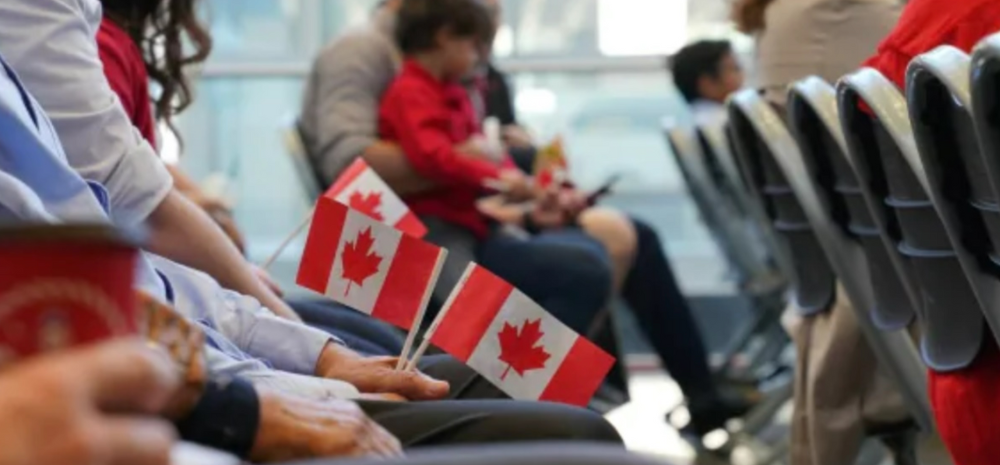The Canadian government recently released updated immigration targets for the next three years, indicating a change in priorities. Permanent resident (PR) admissions are now going to gradually reduce 395,000 new immigrants in 2025This will reduce to 380,000 in 2026 and 365,000 by 2027. The plan reduces annual intake by about 20% compared to previous targets, with the aim of sustainably managing population growth.
Focus on economic immigration
Despite the overall decline, Canada is increasing the percentage of economic immigrants in its total PR admissions. Economic immigration targets have been cut slightly (from 281,000 to 232,000 for 2025) and remain significant. Canada aims to attract high-skilled talent through programs such as the Canadian Experience Class (CEC) and Express Entry, with approximately 40% of applicants expected to transition through temporary residence.
Changes to the Provincial Nominee Program (PNP)
The new immigration plan significantly impacts Provincial Nominee Programs (PNP), which previously aimed to bring in 110,000 individuals in 2024. Now, the PNP target has been halved to 55,000 annually for the next three years. This change signals a shift of focus from provincial discretion to federal high-skilled programs to meet the country’s labor needs.
Temporary resident status: a strategic adjustment
For the first time, Canada is also limiting temporary resident levels to manage population density. The population of temporary residents is expected to decline from 7% to 5% by 2026, with student and worker entry targets being regulated to meet these goals. In particular, work permits issued through the International Mobility Program (IMP) will be significantly reduced, reducing strain on housing and public services.
Addressing economic needs and long-term development
Both Prime Minister Justin Trudeau and Immigration Minister Mark Miller have stressed the importance of these changes in ensuring Canada remains economically competitive while addressing infrastructure limitations. The government’s focus on balancing skilled immigration with sustainable growth reflects a commitment to both economic vitality and social well-being.

